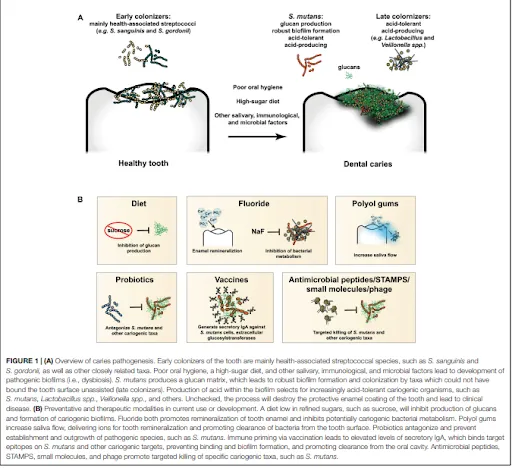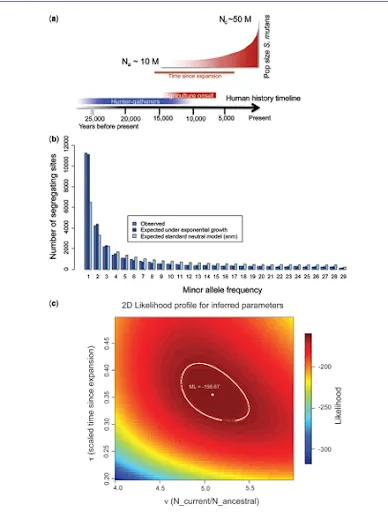The impact of diet in the microbes on teeth
Human diet has evolved throughout time. This evolution has completely changed the human microbes on teeth. Humans have increased in regular diets carbohydrates which in turn increases cariogenicity (Cornejo et al., 2013). The constant supply of carbohydrates aid in the cause of diseases which in turn require the human body to adapt. Additionally, the transition from gathering to agriculture allowed to the exponential population expansion of streptococcus mutants (Cornejo et al., 2013). This major shift restructured the microbial ecology of humans. The change went from balanced highly diverse microbes to a low-diversity acid dominant microbes (Adler et al., 2017). Figure 1, provides a good example of how human diet and intervention directly affects the human microbe in teeth. A diet low in carbs can help inhibit production of glucans which prevents the formation of cariogenic films (Baker et al. 2019). Understanding the complexity of a system with native microbes that fight with colonizers is important to observe how the human body can adapt (evolve) to changes in its environment.

